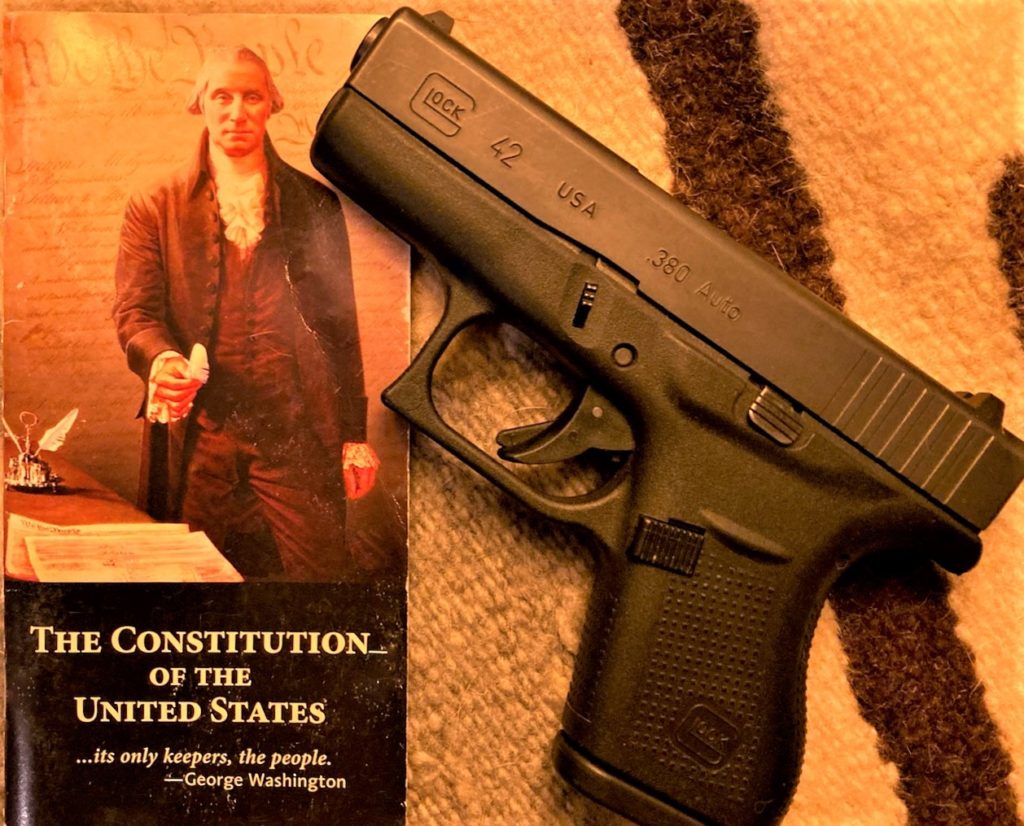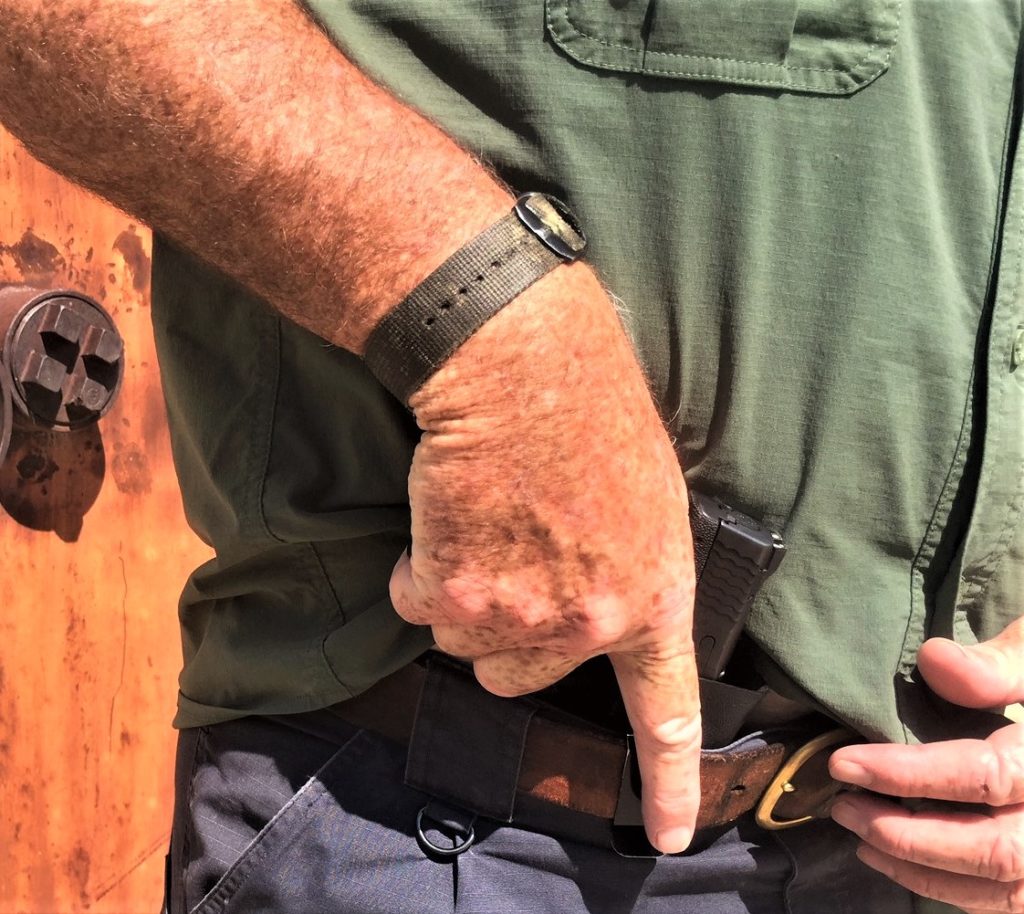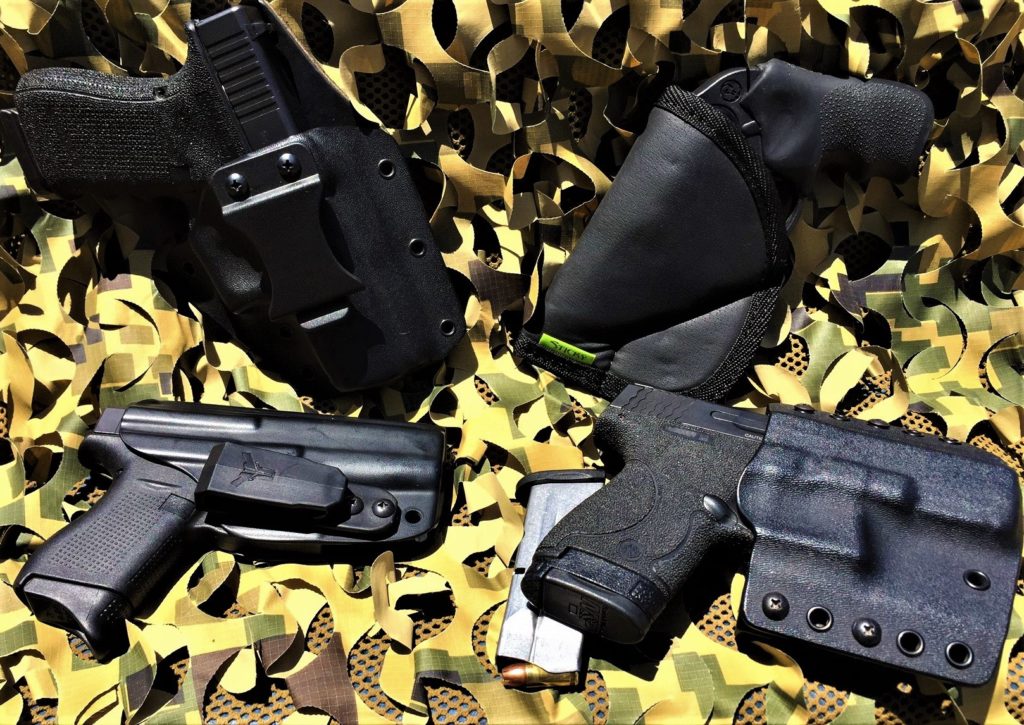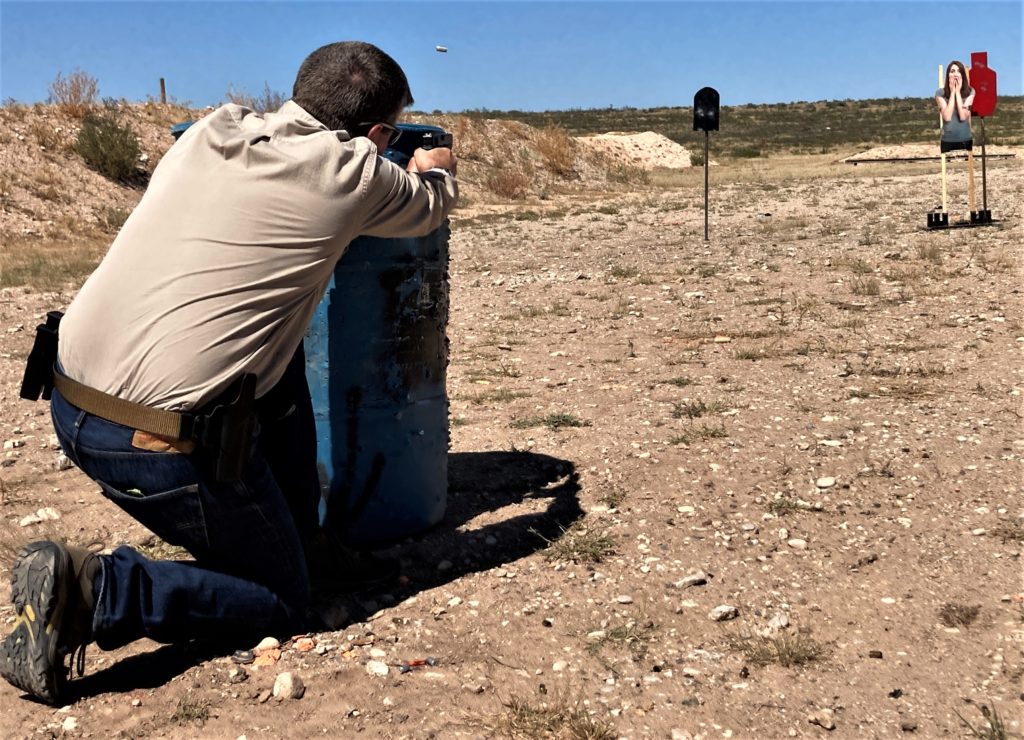The short answer is yes. At least 25 states now have constitutional carry, meaning no concealed carry license is required. Today we are witnessing an increase in the everyday citizen purchasing and choosing to carry. I applaud folks exercising their right of self defense and support of the 2nd Amendment. However, I would disagree with carrying concealed or open in public without the benefit of credible training. If for no other reason than to minimize your chance of landing in jail for violating some obscure law you had no idea existed.
Carrying in your home, other private property, or your car would all appear logical and just (even those areas can become complicated and legalistic in some states). But what about carrying a handgun on your person in the public every day, open or concealed? Should a certain level of training should be required? In my estimation, yes it should. Valid education and training can always be of benefit no matter where you are. I especially believe in credible training in advance if you intend to carry on your person day to day in public.
As an example, recently a new gun owner called me and asked if I could explain the laws of gun carry in our state (I am licensed as a cc instructor in the state of New Mexico and have been for the past 12 years). This person wanted to know about vehicle carry both in state and out of state and when self-defense was legal. I recommended to the caller that perhaps a concealed carry course would be of benefit. Asking what type of gun, they had recently purchased, I was shocked to learn the person could not even tell me if the handgun was a revolver or semiauto much less the caliber. Needless to say, this person would benefit greatly from a good concealed carry course, whether they ever carry concealed or not!
So just what type of information can you learn from attending a well taught course from a credible instructor?
The following list gives you some idea:
Gun Safety, Gun Safety, Gun Safety!
It goes without saying, safe gun handling and the cardinal rules of firearms safety should be front and center in any firearms course. It matters not if you are a novice or have been handling firearms for years, the rules have to be covered and understood. It continues to amaze me how many lifelong shooters cannot quote the four basic rules of gun safety nor follow those protocols on the range.
Those four rules are:
- Treat every gun as if it were loaded
- Never let the muzzle cover anything you do not intend to destroy
- Keep your finger off the trigger until sights are on target and you’re ready to fire
- Know your target and what’s beyond it
Live by these rules anytime you come into contact with a gun and educate your family on the same!

Laws and other legalities
Laws and legalities for firearms carry and use vary from state to state. It should be obvious that knowing the laws concerning firearms in your home state is a must. While we all want to get to the fun stuff and to the range, having a solid understanding of laws and the legal system is in your best interest.
This is one reason I disagree with states that give military veterans a concealed carry license with no training required. While I agree that fees and certain requirements could be waived for veterans, it is a complete disservice to the veteran (or any citizen) not to provide education on concealed carry and self-defense laws in the state issuing the license. After all, one of the main goals of any concealed carry course should be to keep you, the licensee, out of jail.
Gun handling, maintenance and selection
The question of “what handgun is right for me” is paramount. Make no mistake the comfort or lack thereof when carrying a sidearm is a question you must figure out. Your ability to perform reloads, clear malfunctions, defeating the safety if your pistol has one, proper grip, and so on can be directly related to the handgun you select. In addition, you need to clean and maintain your chosen handgun. A solid discussion of these topics should be covered in any worthwhile concealed carry class.

Ways to carry and equipment choices
Along with the firearm itself, a demonstration, and recommendations of good concealed carry methods, holsters and other related equipment is critical. Without a doubt the instructor will have their favorite methods and equipment. However, a really good instructor recognizes that one carry style, handgun and holster will not fit everyone and will offer the student viable alternatives based on their lifestyle and abilities.

Avoiding conflict if possible and Mindset
This critical topic is one that may make the difference of you facing criminal charges. This discussion is very important and should be covered in depth in any self-defense course. In other words, be aware and always leave or avoid if you have the option. You goal is always to avoid (safely) first and hopefully stay out of jail.
However, a strong mindset is just as important. Meaning you refuse to be a victim! Make no mistake, I never teach or suggest to students they must be the victim. As many an instructor has said, I can teach you the skills, the will to survive and to win is on you. Your training should lead you down a path of awareness and avoidance first. In the end however, if you find yourself in a corner where neither option is viable, then your inner strength and strong mindset must rise to the occasion.
Scenario or reality-based training
While most concealed carry courses do not include reality-based training, some may at a very basic level. Reality-based or scenario training is an excellent method and I highly recommend it. Think of scenario training as a bit of stress inoculation. It tells you a lot about yourself and your mental tenacity. The more of it you go through, the better prepared you will become in the event the real threat ever comes. The chances are this type of training with help you recognize and avoid threats in advance, thereby keeping yourself out of harms way.
Live fire on the range
Any course that does not include live fire training to test safety and basic marksmanship needs to be re-evaluated. Some states do not require shooting even when issuing concealed carry permits. To be blunt, just because someone can pass a background check does not mean they are capable or safe with a loaded gun in their hands especially when carrying in public. A good curriculum will have a course of fire the student must pass to demonstrate safety and basic marksmanship.

In conclusion, I applaud constitutional carry, but believe that related training should be integral to that right. Realize in any law enforcement agency or military basic training today, there are countless hours and weeks devoted to firearms training and qualifications. As civilians we may not be preparing to rush to the sound of gunfire. However, if you are electing to carry a firearm on your person daily, then certainly some basic firearms training and knowledge seems reasonable.
Having a firearm on you or in close proximity every day is taking your role as a good citizen seriously. Regardless of the growing number of constitutional carry states today, goes the responsibility to be educated and well trained.
It could save your life in more ways than one.
ABOUT THE AUTHOR
TERRY NELSON – is a 30-year veteran of law enforcement with police and sheriff agencies, including SWAT and sniper roles, and has served as a state game warden. Nelson also served seven years with New Mexico State Guard. A lifelong hunter, guide, tracker and firearms enthusiast, Terry is sought for training in multiple disciplines by both civilian and police-serving agencies and companies. Nelson also holds a Basic Tac Med instructor certification from Federal Law Enforcement Training Center.
